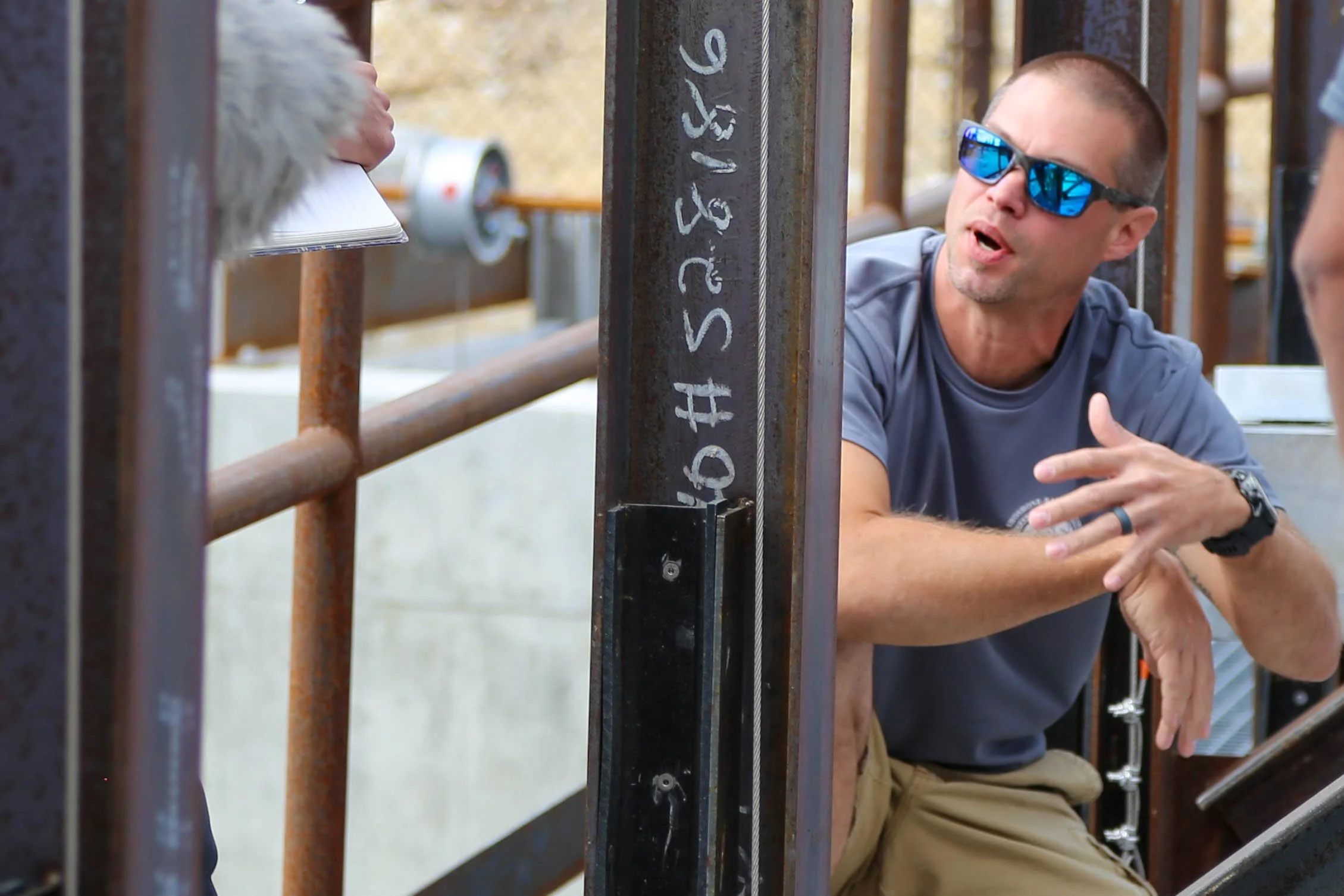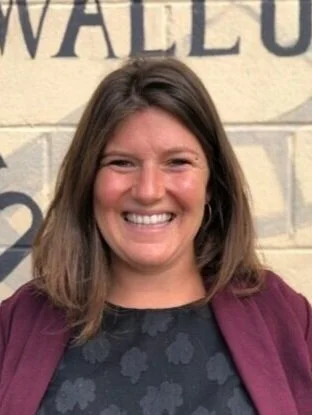Kurt Tardy
Anadromous Fish Biologist, Shoshone-Bannock Tribes
Stanley, Idaho
09/13/21
Kurt Tardy is an anadromous fish biologist who has been working with the Shoshone-Bannock tribes in central Idaho for nearly a decade. Kurt’s focus is on fish restoration, with the long-term goal of restoring salmon and steelhead populations to their historic abundance and the short-term goal of saving them from impending extinction.
Using the term “50,000-foot view,” Kurt advocated for a more holistic approach to restoration—one that goes beyond just habitat restoration. He used the metaphor of a newly built hotel, saying that numerous habitat-focused organizations have spent copious amounts of time, energy and money building a five-star hotel for fish in the upper Snake River. However, because of out-of-basin factors like dams, high water temperatures, and juvenile fish mortality, there are no fish to put in those hotel rooms.
Kurt brought Westies on a tour of a fish weir that was recently constructed on Pettit Creek in the Sawtooth Mountains. The fish weir is designed to catch sockeye migrating to and from Pettit Lake for biologists to count. Kurt’s passion for fish restoration shone through as he talked about the sockeye captive brood program, a project in which sockeye are genetically matched to produce the most successful offspring, who are then reared in their natural lake environment. Through projects like this, Kurt is dedicated to making concrete progress on achievable short-term goals without losing site of the big picture dream for a return to historic salmon runs.
By Livvie Bright


